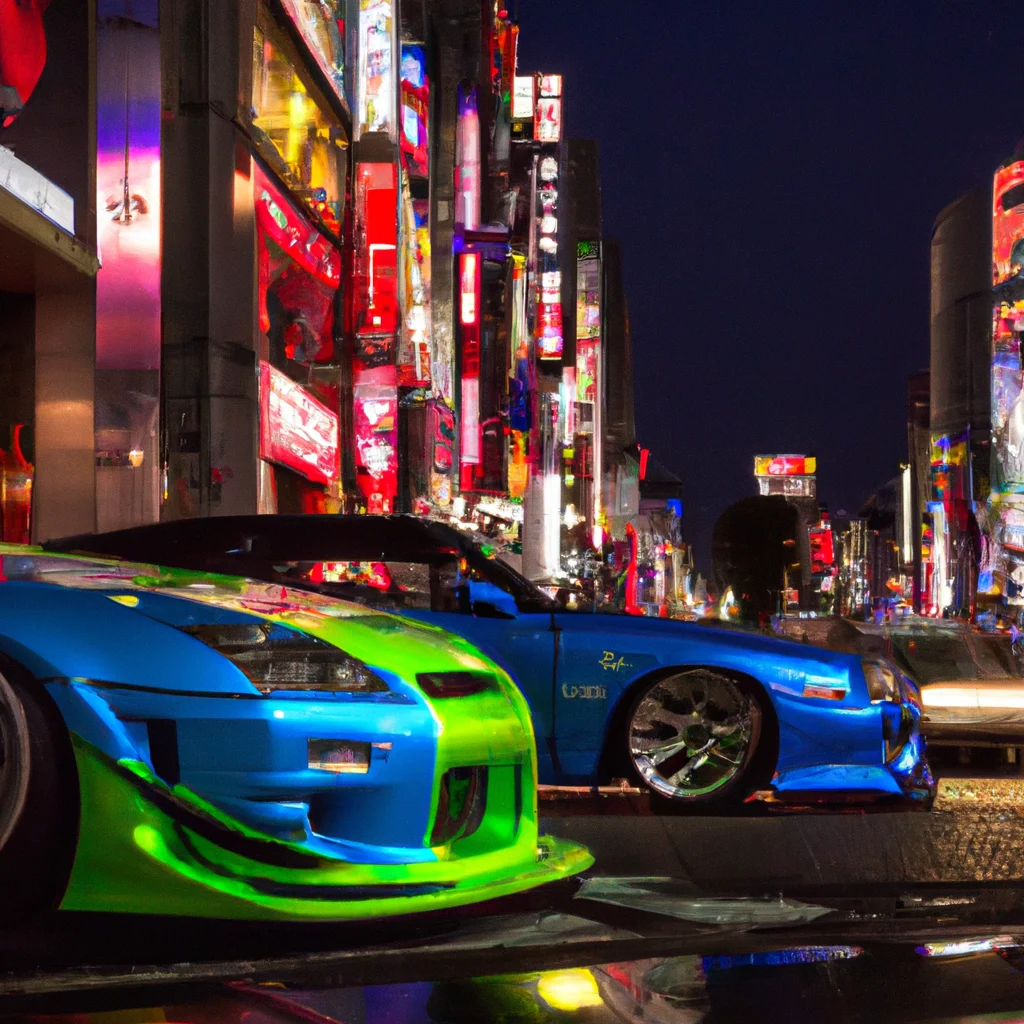Fast and Furious Tokyo Drift Cars: The Stars Of The Streets
The Fast & Furious franchise has delivered some of the most thrilling car chases and jaw-dropping stunts in cinematic history. Among these, Fast & Furious: Tokyo Drift stands out as a cultural phenomenon that brought the art of drifting and Japanese Domestic Market (JDM) cars into the global spotlight. The film introduced audiences to a new world of underground racing, where cars weren’t just vehicles but extensions of their drivers’ personalities, skills, and ambitions. In this article, we will take a detailed look at the legendary cars featured in Tokyo Drift, their specifications, and their lasting impact on car enthusiasts worldwide.
The Unique Appeal of Tokyo Drift Cars
Unlike its predecessors, Tokyo Drift focused heavily on drifting—a skillful driving technique where the driver intentionally oversteers to maintain control while sliding through corners. This required a whole new class of vehicles, with lightweight chassis, rear-wheel drive (RWD), and high torque engines. The cars featured in the film were carefully selected to represent the underground drift culture of Japan, and they soon became icons in their own right. Below, we delve into the most memorable cars from the movie and what makes them special.
1. Nissan Silvia S15 “Mona Lisa”
Arguably one of the most famous cars in the entire franchise, the Nissan Silvia S15, nicknamed the “Mona Lisa,” was a standout vehicle in Tokyo Drift. Driven by Han Seoul-Oh, this car was used to teach Sean Boswell the basics of drifting. Unfortunately, it met its end early in the film during Sean’s first attempt at drifting.
- Engine: 2.0L SR20DET inline-4 turbocharged engine
- Power Output: Approximately 250 horsepower
- Notable Features: Lightweight design, highly modifiable, iconic Gulf Racing livery
The S15 is a favorite among car tuners due to its reliable performance and endless customization options. Today, it remains a prized possession for JDM enthusiasts.
2. Mazda RX-7 Veilside Fortune
Han’s primary car in the film, the Mazda RX-7 Veilside Fortune, is a masterpiece of design and engineering. The car’s aggressive body kit and unique orange-and-black paint scheme make it instantly recognizable.
- Engine: 1.3L twin-rotor 13B-REW engine
- Power Output: 306 horsepower (modified)
- Notable Features: Veilside Fortune wide-body kit, enhanced aerodynamics, rotary engine
The RX-7’s use in the film helped popularize rotary engines and showcased the artistry behind custom car modifications. Even years later, it is a benchmark for style and performance.
3. Mitsubishi Lancer Evolution IX
The Mitsubishi Lancer Evolution IX, modified with a rear-wheel-drive configuration, was Sean’s primary race car for most of the film. This car was a departure from the Evo’s standard all-wheel-drive (AWD) setup, tailored specifically for drifting scenes.
- Engine: 2.0L 4G63 inline-4 turbocharged
- Power Output: 286 horsepower
- Notable Features: Custom RWD conversion, rally-inspired engineering
The Evo IX stood out not only for its performance but also for its adaptability, proving that even rally cars could shine in the drifting arena.
4. Nissan 350Z (Driven by Takashi “DK”)
The Nissan 350Z, driven by Takashi, also known as the Drift King (DK), was one of the most formidable cars in the film. Its sleek design and powerful engine made it the perfect match for the movie’s antagonist.
- Engine: 3.5L VQ35DE V6 engine
- Power Output: 287 horsepower
- Notable Features: Nismo body kit, high-performance tires, rear-wheel drive
The 350Z remains a popular choice among drift enthusiasts for its balanced weight distribution and tuning potential.
5. 1967 Ford Mustang Fastback
In a surprising twist, Sean rebuilds his father’s 1967 Ford Mustang Fastback, fitting it with the engine from a Nissan RB26DETT, the same engine found in the legendary Nissan Skyline GT-R. This hybrid creation symbolizes the fusion of American muscle and Japanese engineering.
- Engine: 2.6L RB26DETT inline-6 twin-turbo
- Power Output: Over 400 horsepower
- Notable Features: Classic Mustang body, Skyline engine swap, custom suspension
The Mustang’s dramatic appearance in the final race underscored the global appeal of car culture and the limitless possibilities of aftermarket modifications.
The Cultural Impact of Tokyo Drift Cars
Beyond their on-screen presence, the cars of Tokyo Drift had a profound influence on automotive culture. The film sparked a newfound interest in drifting, leading to a surge in demand for drift-specific vehicles and parts. It also introduced a global audience to the beauty of JDM cars, many of which were previously underappreciated outside of Japan.
Car tuning shops saw an increase in customers looking to replicate the iconic vehicles from the film. From the Nissan Silvia S15 to the Mazda RX-7 Veilside Fortune, these cars became aspirational models for car enthusiasts everywhere.
Conclusion: A Lasting Legacy
The cars of Fast & Furious: Tokyo Drift are more than just cinematic props; they are symbols of innovation, passion, and the universal language of car culture. By showcasing the artistry and skill behind drifting, the film elevated the status of JDM cars and brought them into mainstream consciousness.
For those who wish to learn more about the world of cars, modifications, and automotive culture, we invite you to explore CarVata, your trusted resource for all things automotive. Visit CarVata for in-depth articles, tips, and insights into the automotive world.
